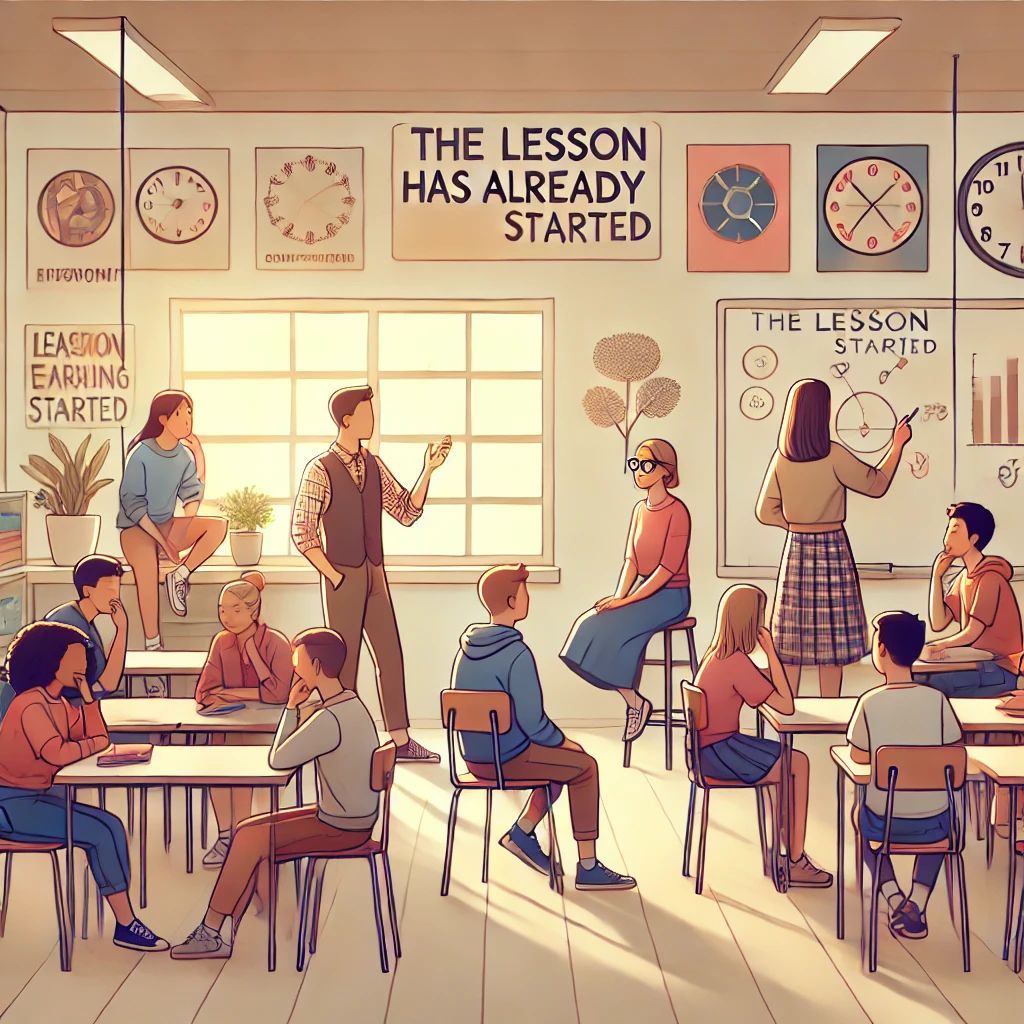Fostering Student Engagement: Techniques and Strategies for the Modern Educator

Fostering Student Engagement: Techniques and Strategies for the Modern Educator
By Carl Halford, Principal & Executive CEO, Winford International
Engagement is the cornerstone of effective teaching and learning. In an era where distractions are myriad and attention spans are challenged, fostering student engagement has become a crucial skill for educators. This article aims to delve into practical tips, tricks, and strategies to enhance student engagement, drawing upon examples and support mechanisms that can be readily implemented in educational settings.
Understanding Engagement: The What and Why
What is Student Engagement?
Student engagement can be broadly defined as the degree of attention, curiosity, interest, optimism, and passion that students show when they are learning or being taught. This involves the level of motivation they have to learn and progress in their education.
Why is it Important?
Engaged students are more likely to perform well academically, retain information longer, and develop a love for learning. As educators, our role transcends beyond mere dissemination of knowledge; it involves inspiring a thirst for knowledge and cultivating a conducive learning environment.
Strategies for Fostering Engagement
1. Creating Relevant Learning Experiences:
Incorporate real-world problems and scenarios in your teaching to make learning more relevant. For example, using current events to teach scientific concepts or historical analysis. This approach not only makes learning more interesting but also helps students understand the practical application of their knowledge.
2. Embracing Technology and Interactive Tools:
Utilise technological tools like educational software, interactive whiteboards, and virtual reality to create an immersive learning experience. These tools can transform a traditional classroom into a dynamic learning environment, catering to various learning styles.
3. Encouraging Active Learning:
Shift from a teacher-centred model to a student-centred approach. Techniques like group discussions, debates, and project-based learning can foster critical thinking and collaborative skills. Encouraging students to question, discuss, and explore topics actively involves them in the learning process.
Scaffolding for Success
1. Setting Clear Goals and Expectations:
Clearly defined learning objectives and outcomes help students understand what is expected of them. This clarity can significantly increase their engagement levels as they have a clear target to aim for.
2. Providing Continuous Feedback:
Regular and constructive feedback helps students understand their progress and areas for improvement. This can be in the form of peer reviews, teacher evaluations, or self-assessment exercises.
Support Mechanisms
1. Personalised Learning Paths:
Recognise that each student has a unique learning style and pace. Personalised learning paths can cater to individual needs, thereby increasing engagement. This could involve differentiated instruction, personalised assignments, or one-on-one mentoring.
2. Encouraging a Growth Mindset:
Foster an environment where mistakes are seen as learning opportunities. This approach, inspired by Carol Dweck's work, encourages students to embrace challenges and persist in the face of setbacks.
Concluding Thoughts
In conclusion, student engagement is not a static state but a dynamic process that requires continuous effort and adaptation from educators. The strategies and supports outlined above provide a framework for enhancing engagement, but they need to be tailored to suit the specific context and needs of your students.
By adopting these practices, educators can create a learning environment that is not only intellectually stimulating but also emotionally supportive, helping students to not only acquire knowledge but to apply and contextualise it in their lives. The ultimate goal is to equip our students with the skills and confidence they need to succeed not just in school, but in life.
Carl Halford is the Principal & Executive CEO of Winford International, with extensive experience in leadership, education, and self-development. He is committed to fostering educational environments that encourage growth, innovation, and excellence.














































































































